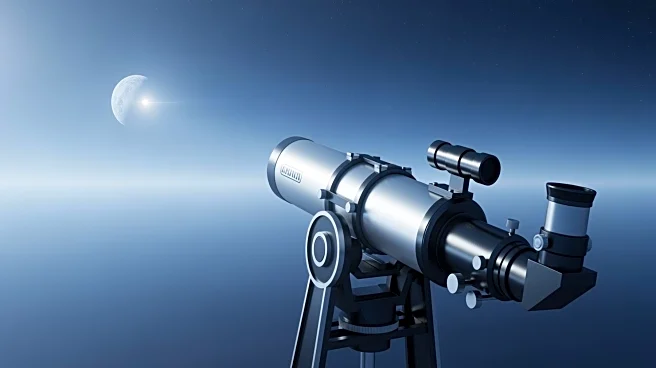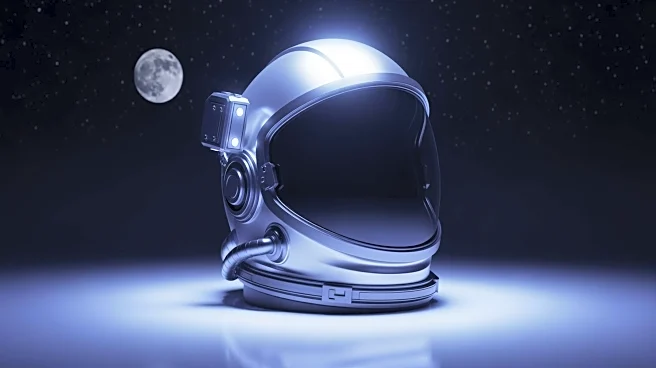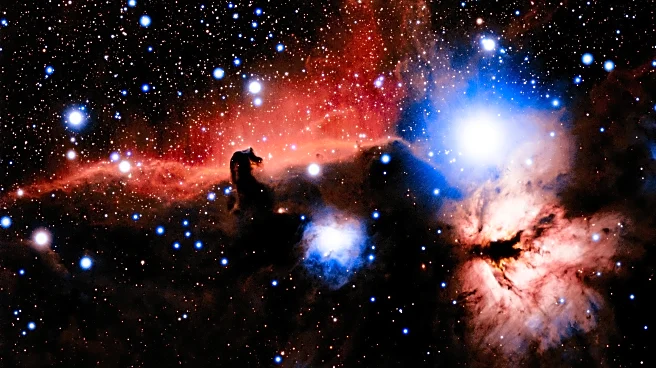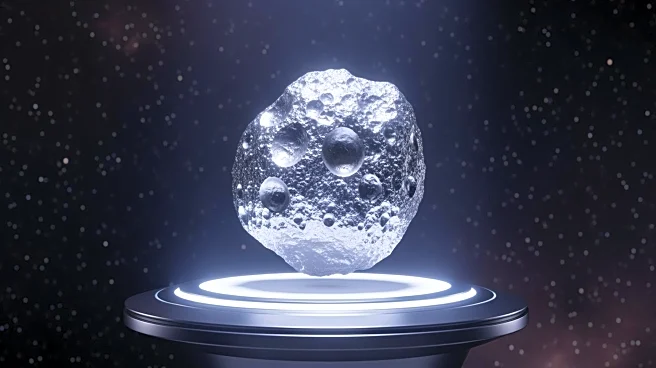What's Happening?
Avi Loeb, a prominent astrophysicist, has invited Kim Kardashian to join his research team to explore the mysteries surrounding the interstellar object 3I/ATLAS. This object, the third interstellar comet
to pass through our solar system, has sparked public interest, including a tweet from Kardashian to NASA's acting administrator, Sean Duffy. Duffy assured the public that 3I/ATLAS poses no threat to Earth. Congresswoman Anna Paulina Luna has requested high-resolution images of the object from NASA, highlighting the need for transparency in scientific data sharing. Loeb emphasizes the importance of analyzing the anomalies associated with 3I/ATLAS, such as its unusual trajectory and composition, which differ significantly from known comets.
Why It's Important?
The interest in 3I/ATLAS underscores the public's fascination with space exploration and the potential for discovering extraterrestrial phenomena. The involvement of high-profile individuals like Kim Kardashian and political figures like Anna Paulina Luna highlights the intersection of science, politics, and popular culture. The scientific community's response to these inquiries reflects the ongoing debate about the accessibility and dissemination of space research data. Understanding 3I/ATLAS could provide insights into the nature of interstellar objects and their impact on our solar system, potentially influencing future space exploration policies and funding.
What's Next?
As 3I/ATLAS approaches its closest point to Earth on December 19, 2025, scientists are preparing for further observations to determine its nature and composition. The presence or absence of a debris cloud will be crucial in understanding whether the object's movements are due to natural cometary processes or other forces. The scientific community and policymakers may need to address the challenges of data sharing and public engagement in space research, especially as interest in interstellar phenomena grows.
Beyond the Headlines
The discussion around 3I/ATLAS raises questions about the role of public figures in scientific discourse and the potential for celebrity influence to drive interest and funding in scientific research. It also highlights the ethical considerations of data transparency and the need for collaboration between scientists and government agencies to ensure that critical information is accessible to both the scientific community and the public.














